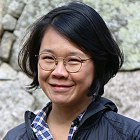Seaside towns of Hiroshima
The Seto Inland Sea is Japan's largest inland sea, which is surrounded by the large land masses of Honshu, Shikoku and Kyushu, and the area contains seaside towns, panoramic coastal views, tranquil islands and a mild climate comparable to a Mediterranean climate. Hiroshima Prefecture is one of the prefectures bordering it, and while many travelers are familiar with Hiroshima City, the prefectural capital, and Miyajima, the island with the large torii gate standing in the sea, few people visit the coastal towns in the east.
There is nothing more I enjoy than spending some quiet time along the coast when I am on holiday, meandering through the peaceful villages and hamlets, and taking in the laidback atmosphere. I had the pleasure of doing just that in Hiroshima for three days. I started at a small port town in eastern Hiroshima Prefecture, then moved westwards to a seaside city where I spent the following day walking around and went island hopping by bicycle on my last day.
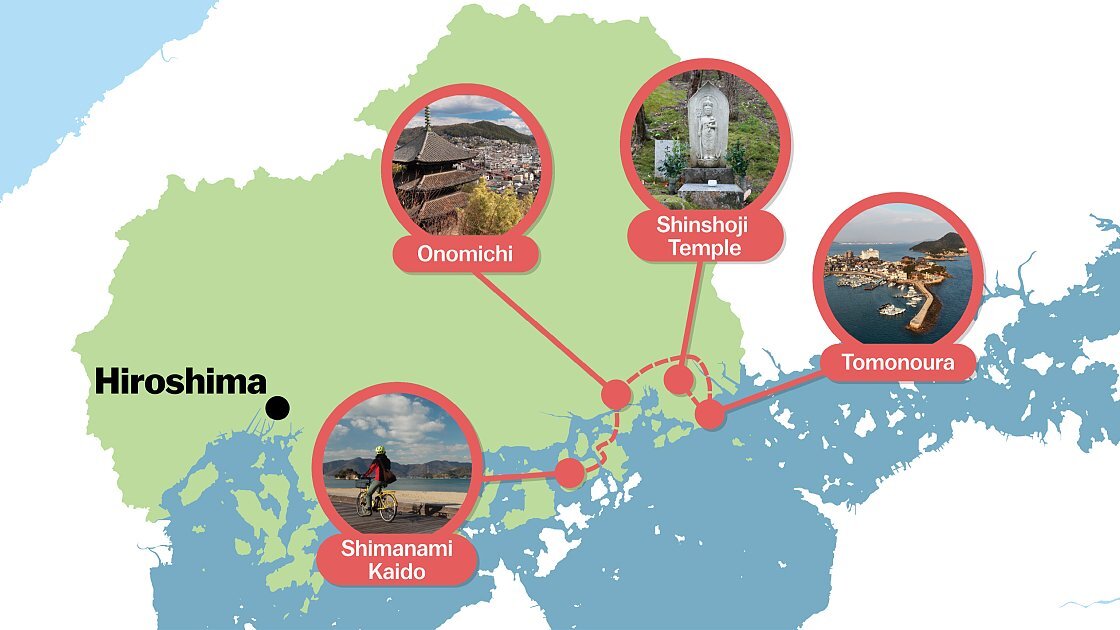
Various rail passes are available, which are useful when covering long distances in the Seto Inland Sea region. Some handy passes include the Setouchi Area Pass, Kansai - Hiroshima Area Pass and several other passes. More information is available in the access section below.
Day 1: Zen temple and historic port town of Tomonoura
From Shin-Osaka Station, I took the Sanyo Shinkansen for about an hour to Fukuyama, where my three day adventure began. My plan in Fukuyama was to visit Shinshoji Temple, a stylized Zen temple with gardens and a museum, and continue to Tomonoura, a historical port town and where I would stay overnight.
Regularly departing local buses provide transport between Fukuyama Station and Tomonoura, but the same cannot be said of Shinshoji Temple. For convenience and efficiency, I rented a car to get to both spots, and detailed transport information can be found in the access section below.
Formally known as Shinshoji Zen Museum and Gardens, Shinshoji is a Zen temple designed for ordinary folks to surround themselves in Zen Buddhism. The sprawling grounds contain gardens and recreated teahouses, a Zen Buddhist art museum, an immersive art installation, and a bathhouse. The working temple also offers experiences that require advance reservations like Zen meditation, sutra copying and other workshops.
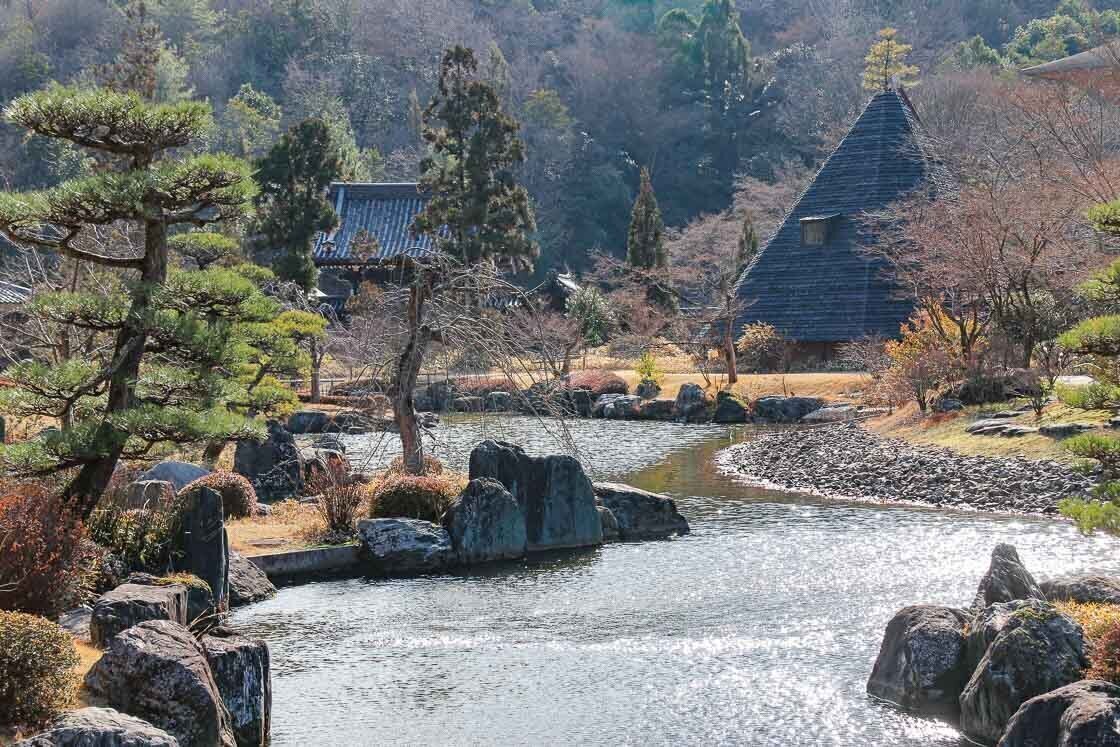
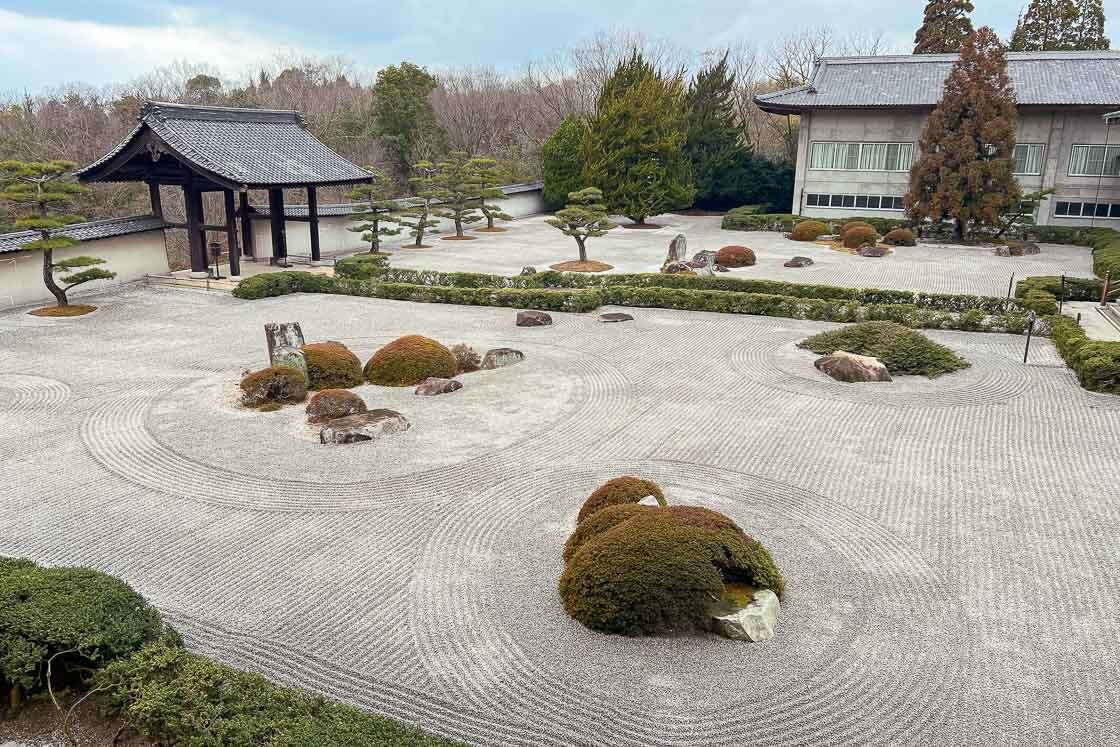
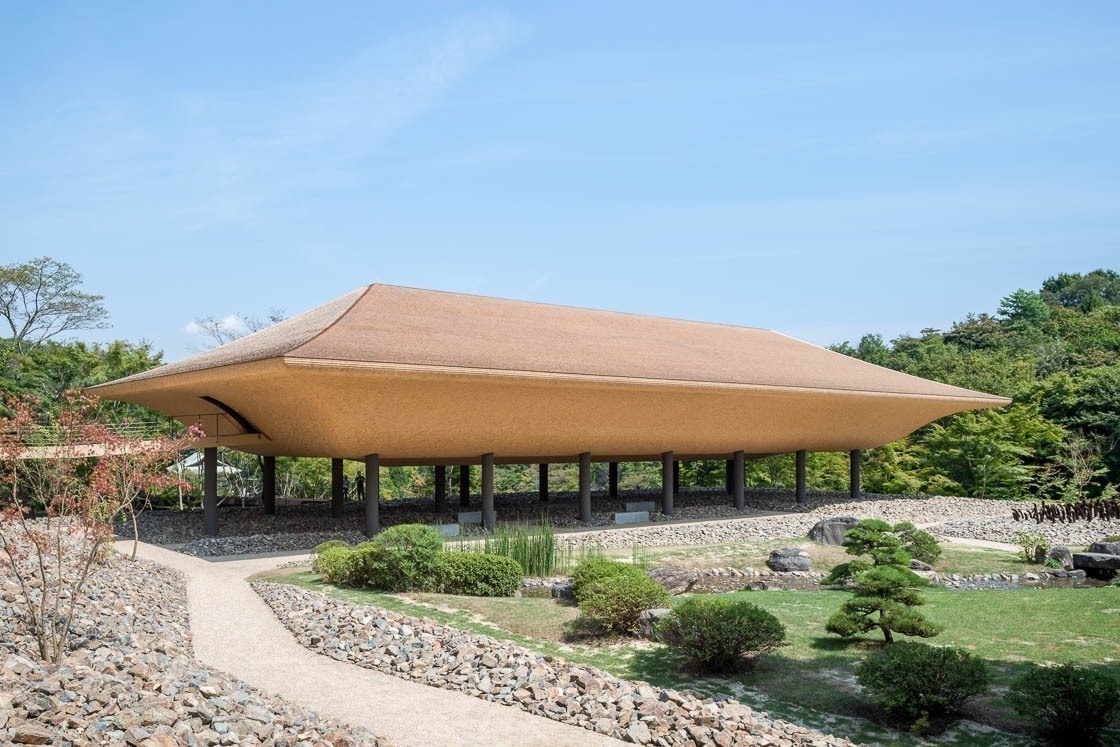
One of the unique experiences at Shinshoji Temple is dining at their restaurant, Gokando. There is only one item on the menu, Shinshoji Udon, which is longer and fatter compared to regular udon.
The udon noodles are made to order, and while waiting, the restaurant staff brought out the condiments and explained the procedure and practice of eating Shinshoji Udon. One of the practices in Zen is to maintain absolute silence in every day life, except when reading the sutra, when using wooden clappers during ceremonies and finally, when eating udon. As the udon meal is served only a few times a month, it is highly probable that the monks-in-training looked forward to making some noise while having a special meal.

After strolling around Shinshoji Temple and having lunch there, I got back in my rental car and drove about 15 minutes south to the quaint port town of Tomonoura. The town has gained recognition in recent years as the location setting of major movies such as the Wolverine and Studio Ghibli's Ponyo.

Centuries before, Tomonoura was a major, bustling port on the Seto Inland Sea. Conveniently located around the midpoint of the inland sea where two tidal streams meet, sailors, who relied on the wind and the powerful tides of the Seto Inland Sea, waited in Tomonoura for favorable conditions before continuing on their journeys.
Tomonoura prospered as a port town, and an industry unique to the town is the production of homeishu, a medicinal liquor made with 16 herbs and spices. Four homeishu makers remain in Tomonoura, and the taste of homeishu varies across the companies. I visited Irie Toyosaburo, a homeishu maker that started brewing the liquor over 100 years ago, and sampled their homeishu with ice, which turned out to be sweeter than I had expected. It also had a very nice cinnamon and clove fragrance, which I enjoyed, making it a very nice drink for me.
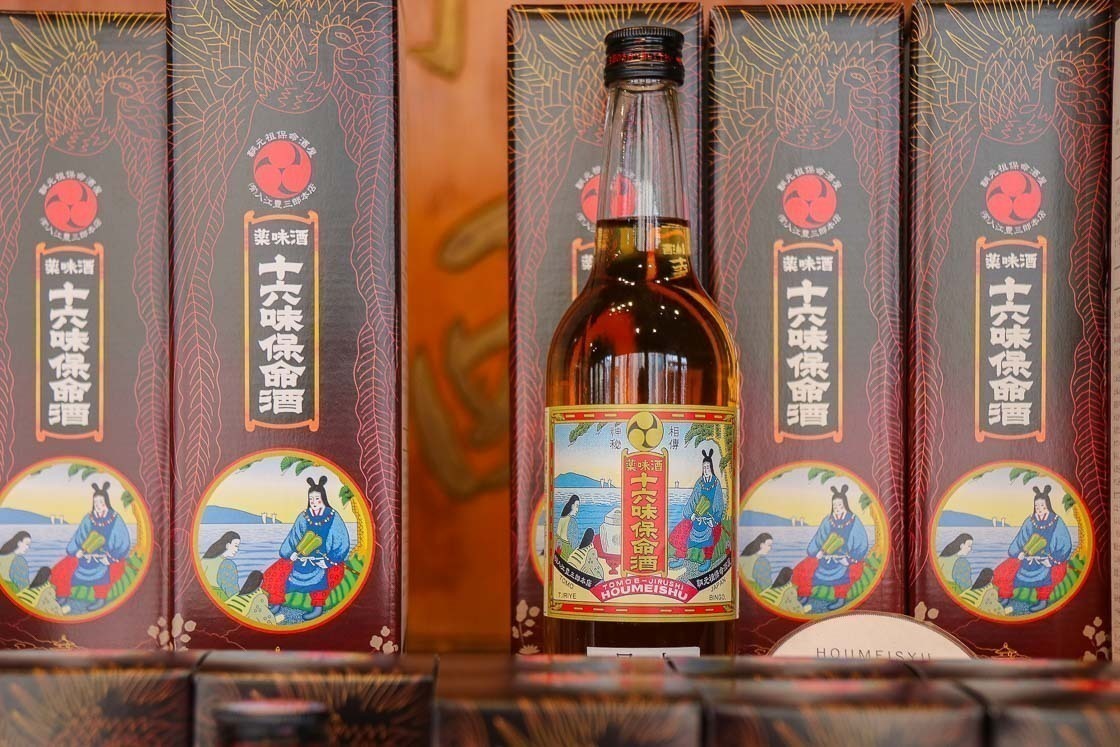
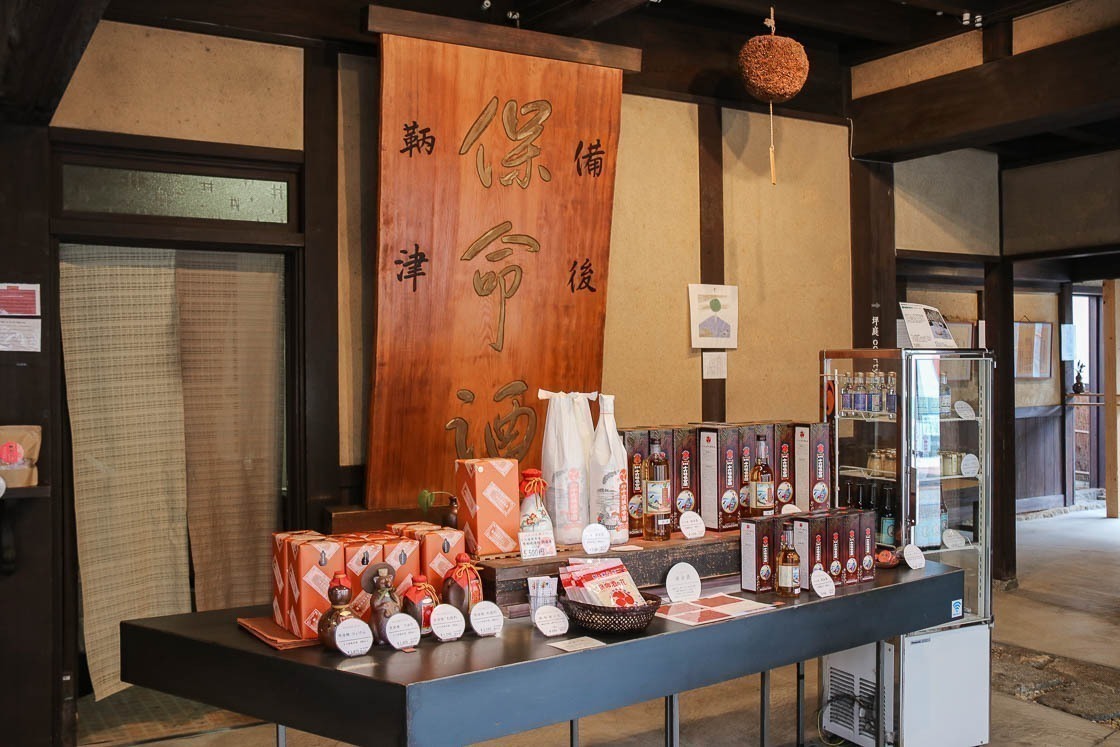
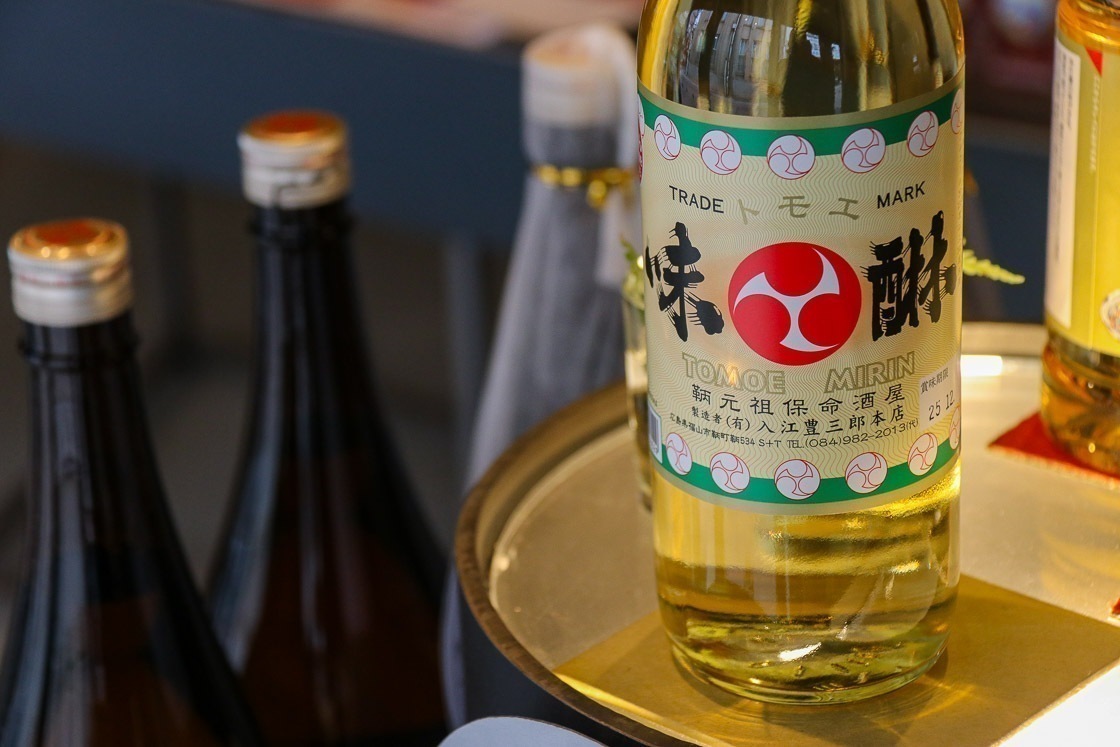
Following my exploration of the port town, I made my way to Migiwatei Ochi Kochi, my accommodation for the night along the waterfront. All the rooms at this boutique accommodation come with private terrace baths overlooking the sea, and guests can also access three larger, private baths on the property. Guests can additionally relax at the well-stocked hotel lounge, drinking, eating snacks and reading some books in the library.
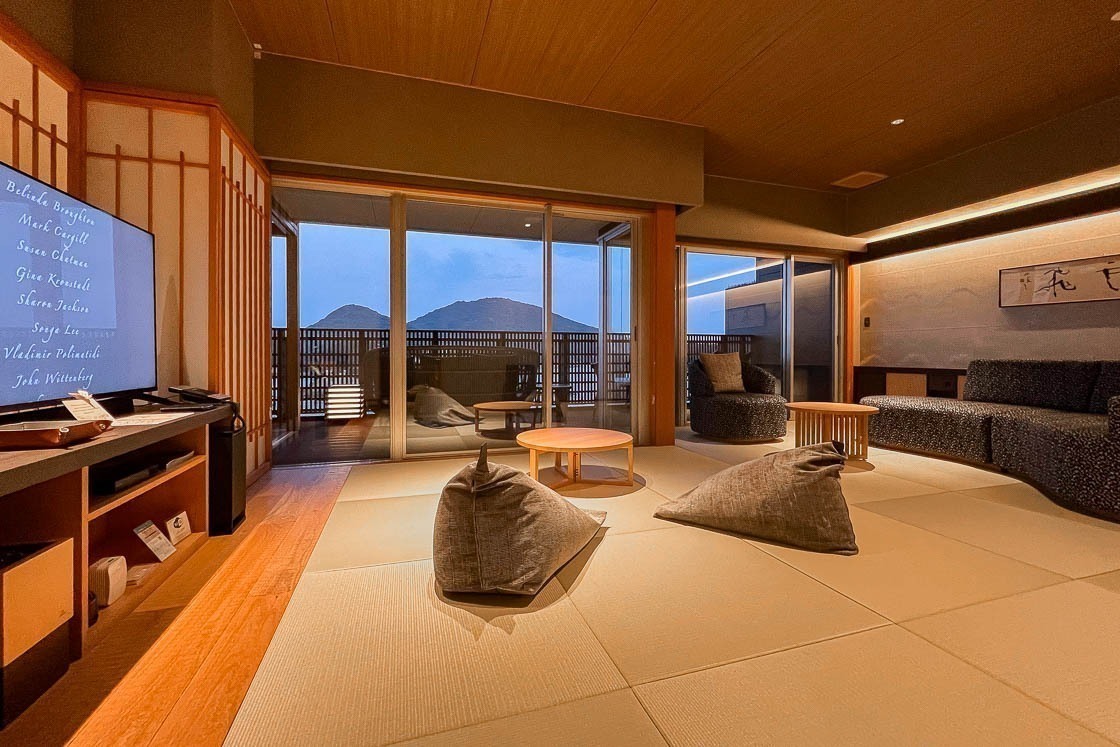
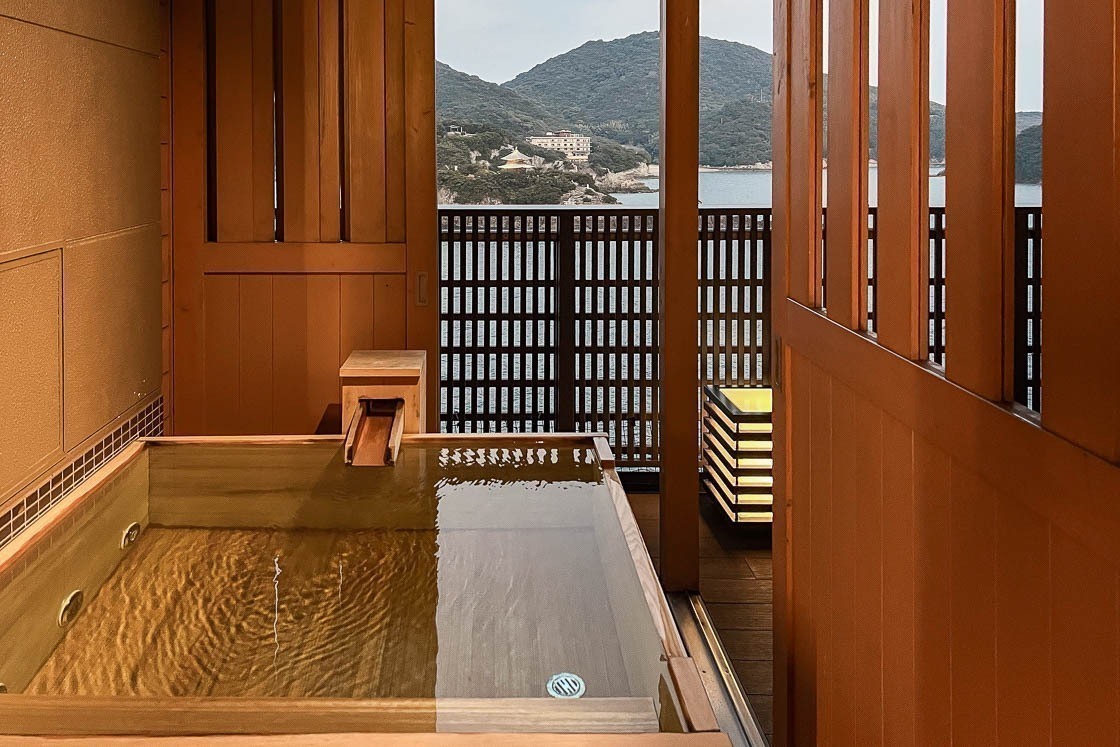
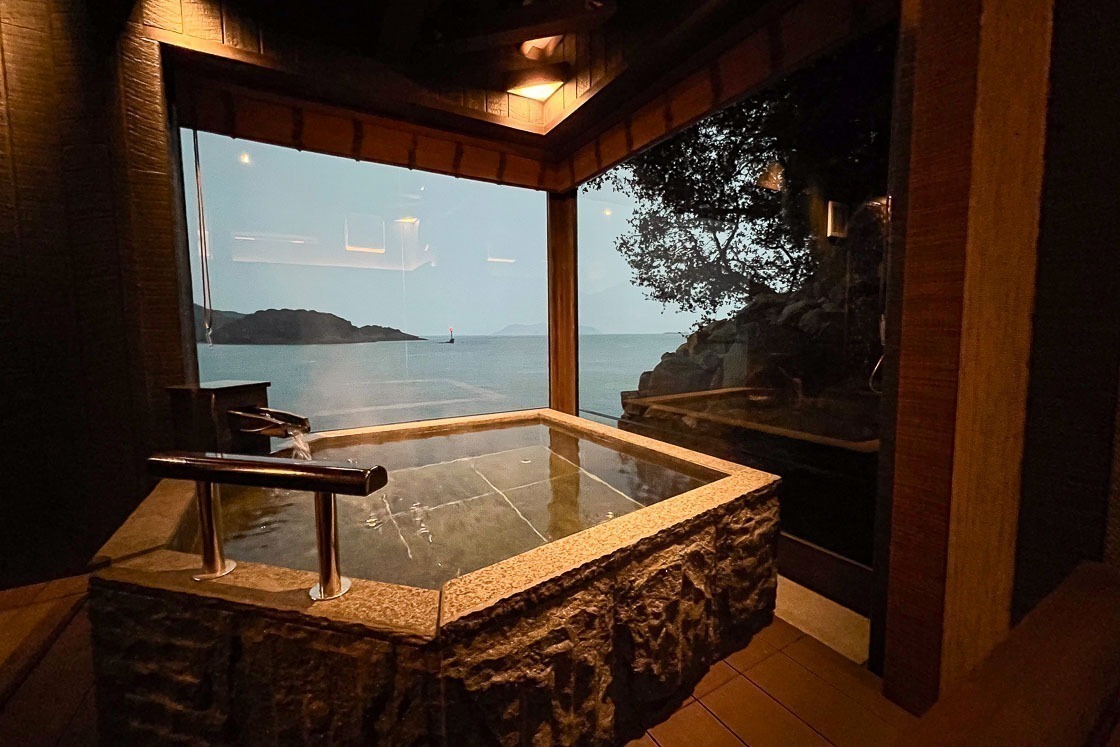
Complementing the luxurious facilities at Migiwatei Ochi Kochi were the delectable meals. Dinner was a full multi-course meal, which typically takes 1.5 to 2 hours on average, and there was a heavy emphasis on local produce and seafood. Tomonoura is known for its sea bream (tai), which made an appearance in my sashimi course as well as the final rice course. Oysters, a Hiroshima specialty, was also served for dinner.
Following the satisfying meal, I returned to my room ready to tackle the sleep monster brought on by the food and a whole day of sightseeing.
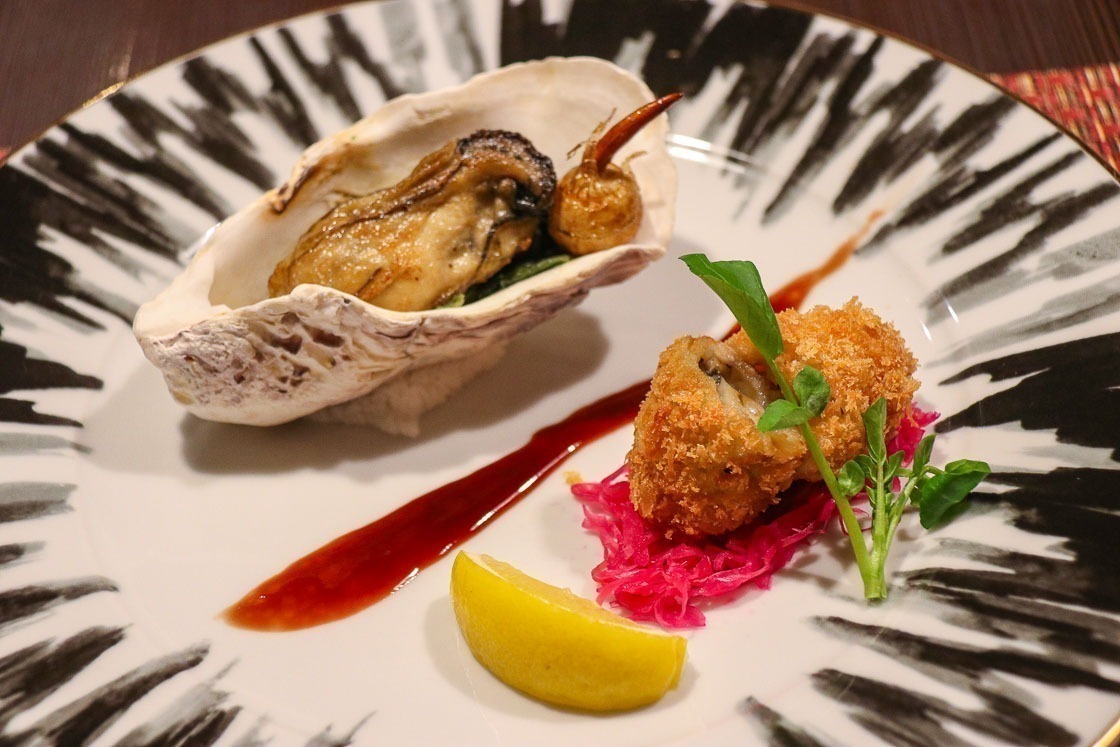

Day 2: Scenic city walk in Onomichi
After breakfast, which was another stellar meal, I left my accommodation reluctantly. The plan was to return the rental car back at Fukuyama Station, then take the local train about 20 minutes westwards to Onomichi, where I would explore the city on foot. Detailed transport information for this day can be found in the access section below.
Onomichi is a mid-sized city in Hiroshima Prefecture located along the Seto Inland Sea. The seaside city is also the gateway to one of Japan's premier cycling routes, the Shimanami Kaido, which I planned to cycle on my last day. There are many good things about central Onomichi, and two of them are how walkable the downtown core is and the presence of many independent, small businesses.
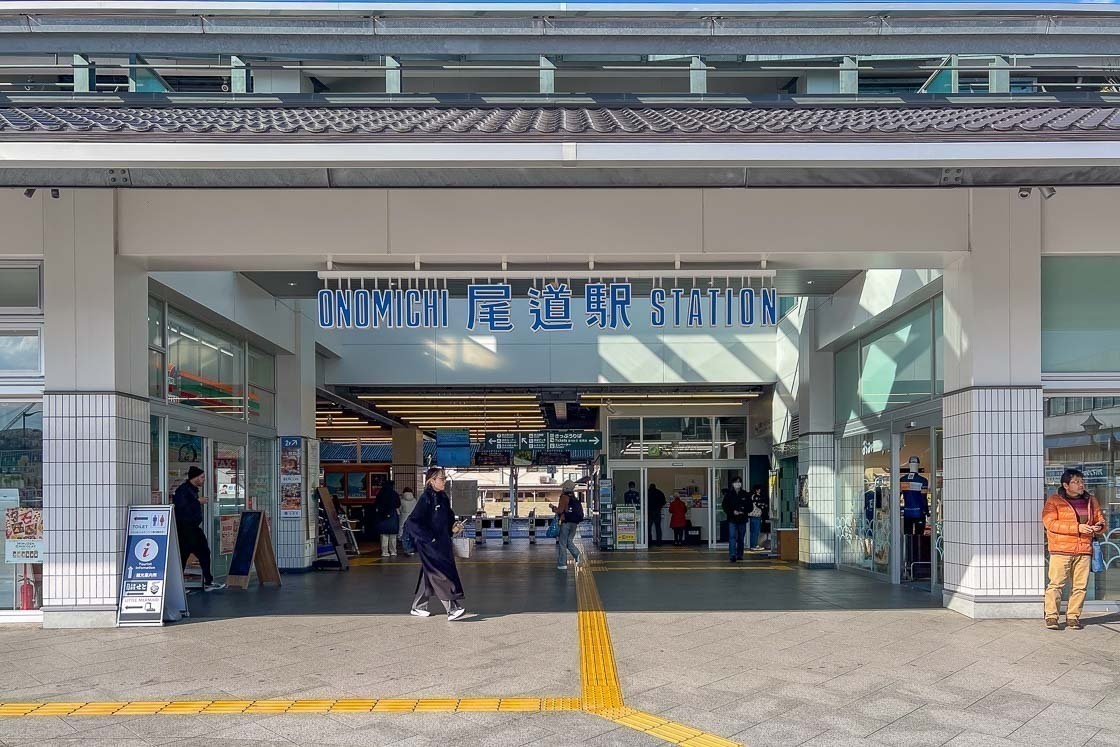
It was a sunny and beautiful day when I arrived at Onomichi, which was perfect for my day's itinerary of walking around the downtown core. A stone's through from Onomichi Station is the Onomichi Hondori Shopping Arcade, a covered shopping arcade that stretches for about 1.2 kilometers. Approximately 200 shops line the shopping street, providing a beautiful selection of goods and services ranging from hip bakeries and coffee shops to restaurants to souvenirs to daily necessities and produce.
One shop worth mentioning is Onomichi Hanpu, a canvas bag shop. Canvas used to be produced in large quantities in the town to create sails for the many trading vessels passing through. In a fun preservation of these roots, the one remaining canvas factory now makes canvas bags, small item pouches and travel accessories.
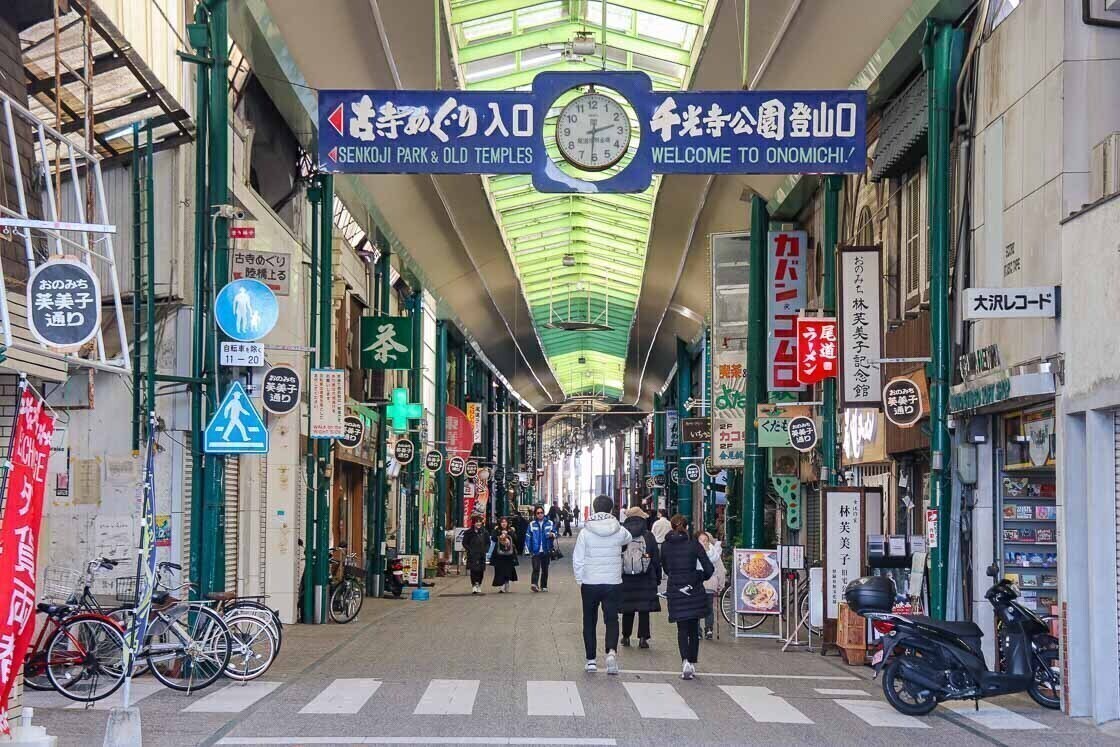
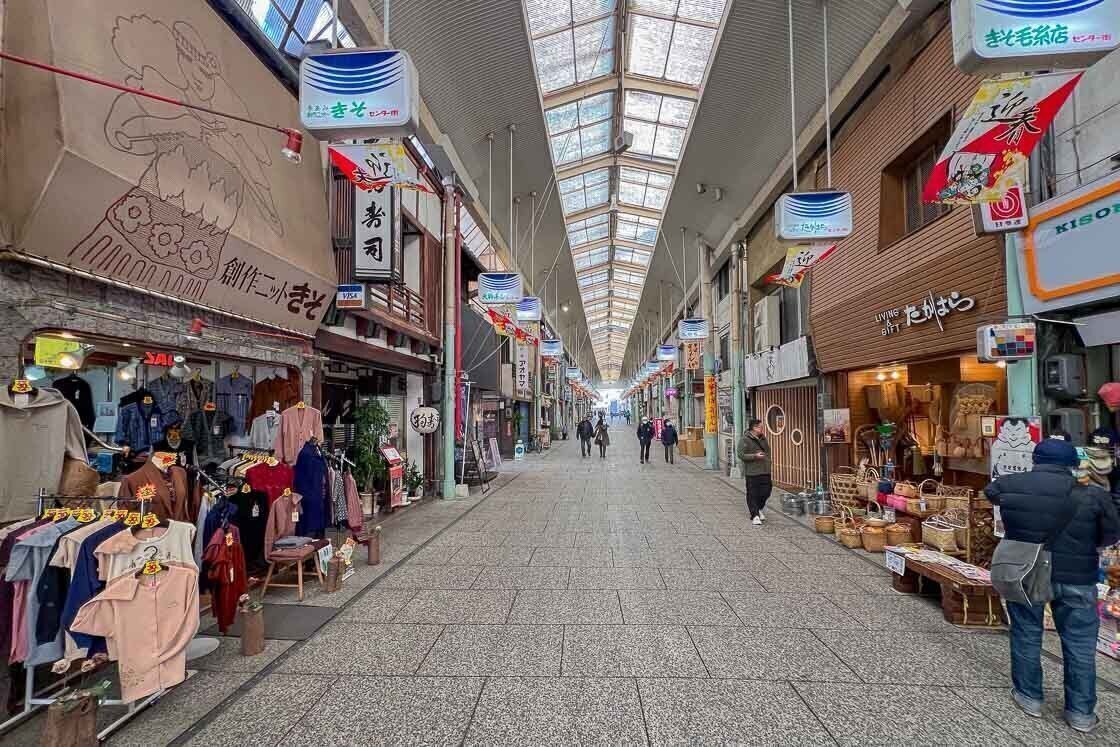
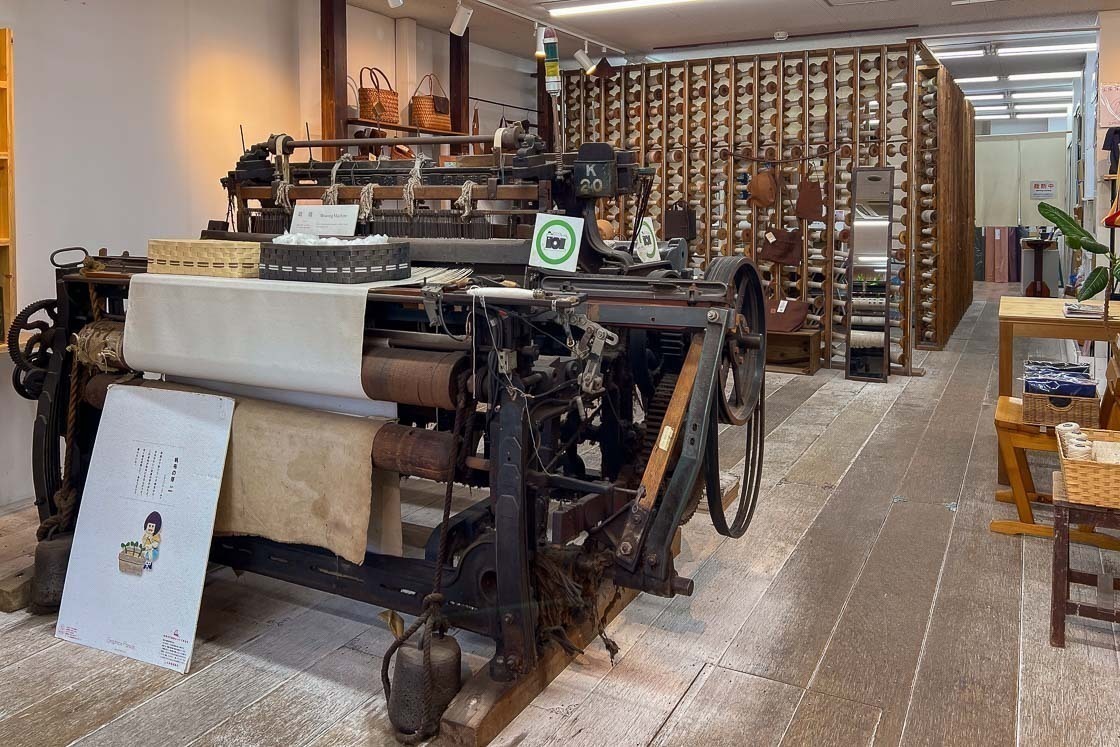
From the shopping arcade, I made my way to the slopes of Onomichi that sit north of the train tracks and spread out to the east and west. The slopes are where Onomichi's temples are located as well as the city museum and a nice hill-top observatory with beautiful views of the Seto Inland Sea.
Tucked away on the slopes is Tea Stand Gen Yamate, a tea store specialising in organic tea that is grown in Hiroshima Prefecture as well as around Japan. Imagine a boutique pour-over coffee shop, but instead of coffee, this shop specializes in tea, and contains a drinking space reminiscent of a tea-ceremony room. I was also glad for the extremely knowledgeable staff, who suggested some teas for me to try after seeing my indecision.

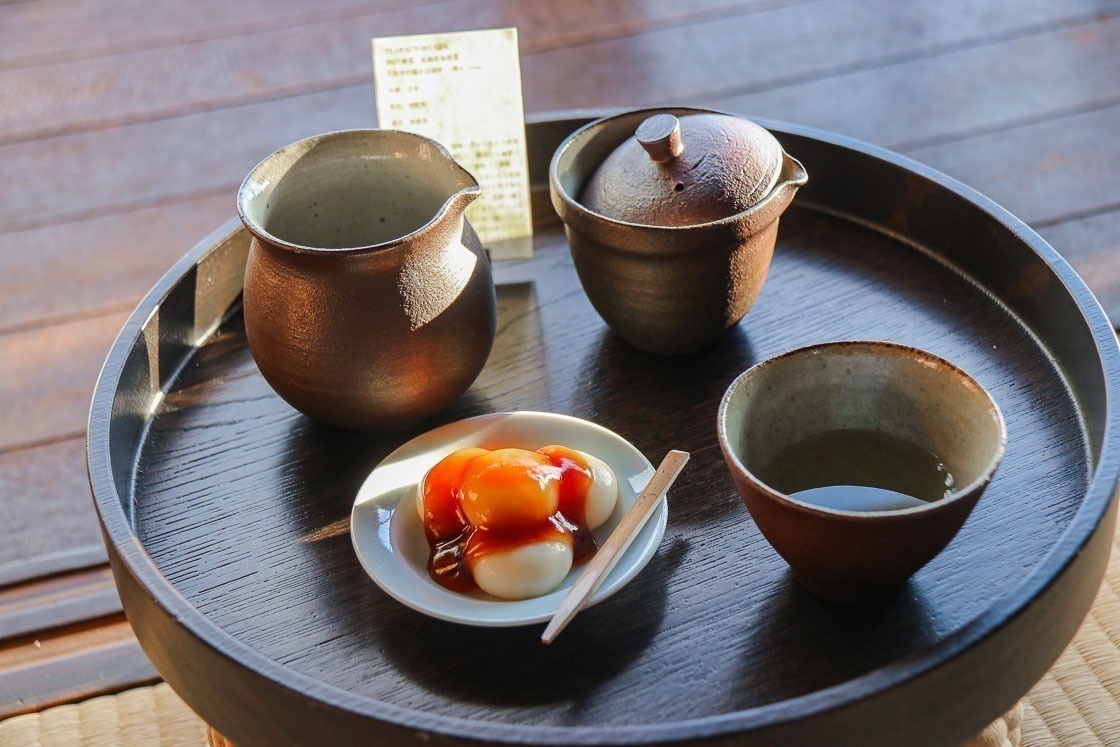
Nourished by tea and snacks, I continued on my exploration of Onomichi, this time making my way to Senkoji Park, located at the highest point of my walk. It is possible to walk to the park, but I took the ropeway up instead to save some energy for later. Completed in 2022, the Senkoji Park Peak observatory is an eye-catching construction made up of a spiral pathway that leads to a long deck, from where nice views of the Onomichi and the Seto Inland Sea can be enjoyed. I felt incredibly lucky to be there enjoying the view on a beautiful sunny day.
After taking in the views, I headed down the hill on foot following a route popularly known as the Temple Walk that would take me past several temples. Part of the walking route took me through a cat alley, where I saw many cat statues as well as real cats. My walking route was entertaining and contained a variety of views from panoramic views from the top, narrow and winding alleys, real cats and a mix of temples.
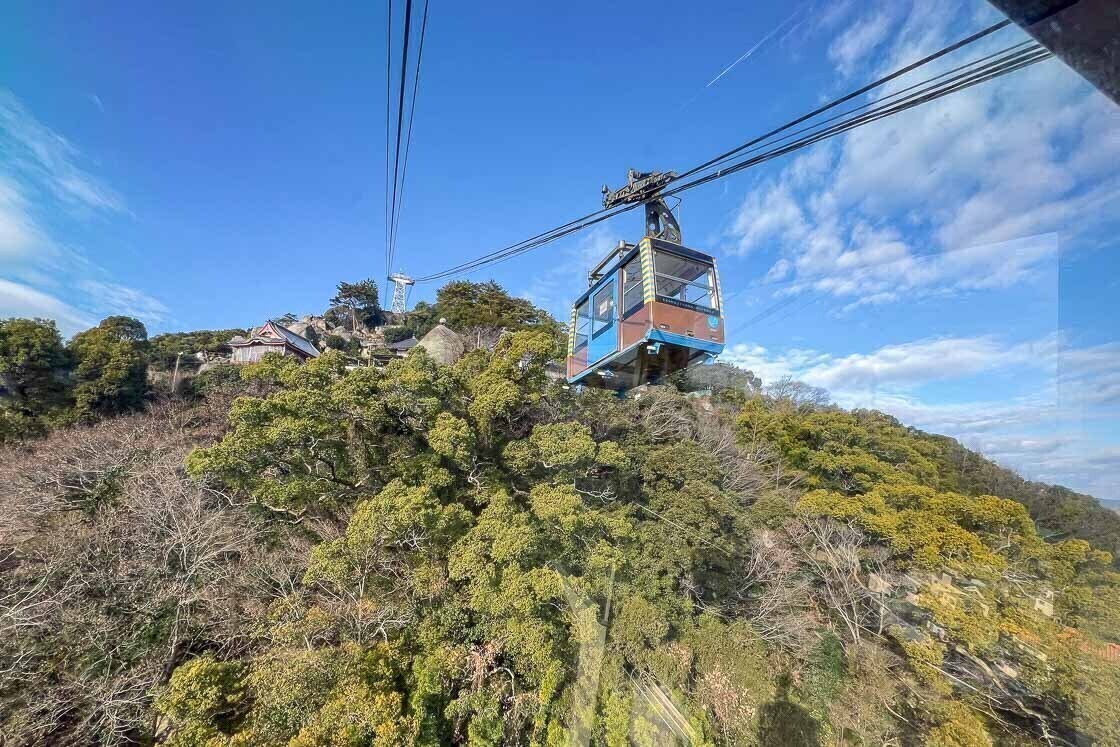
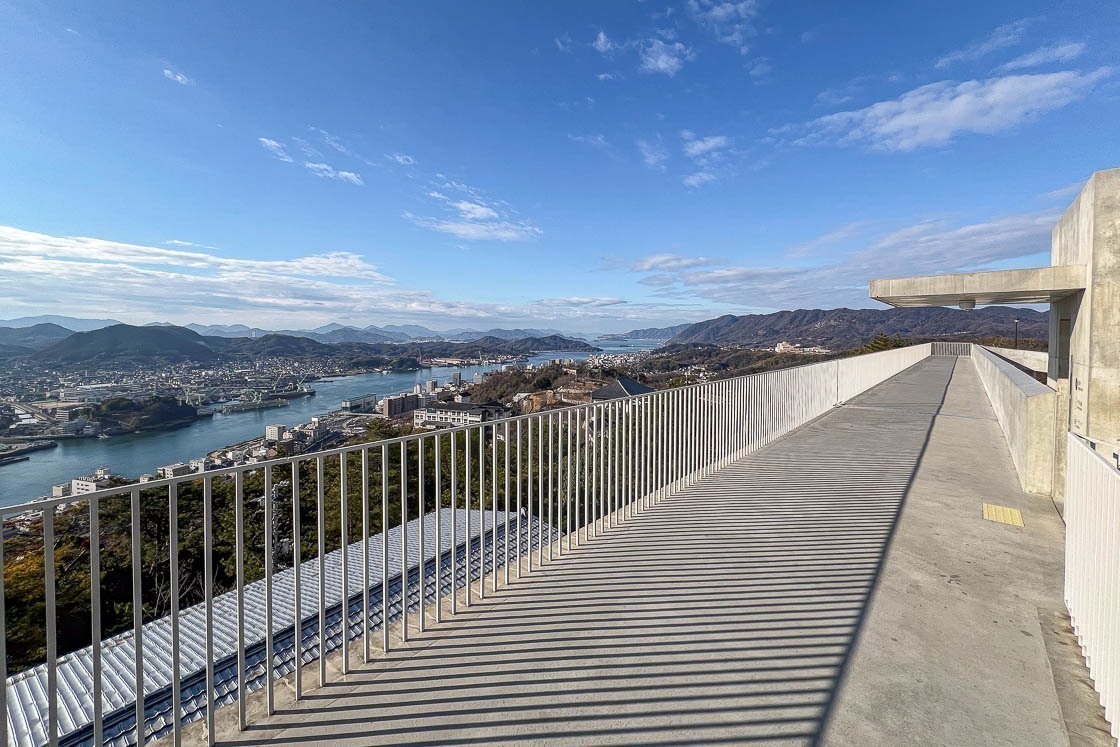
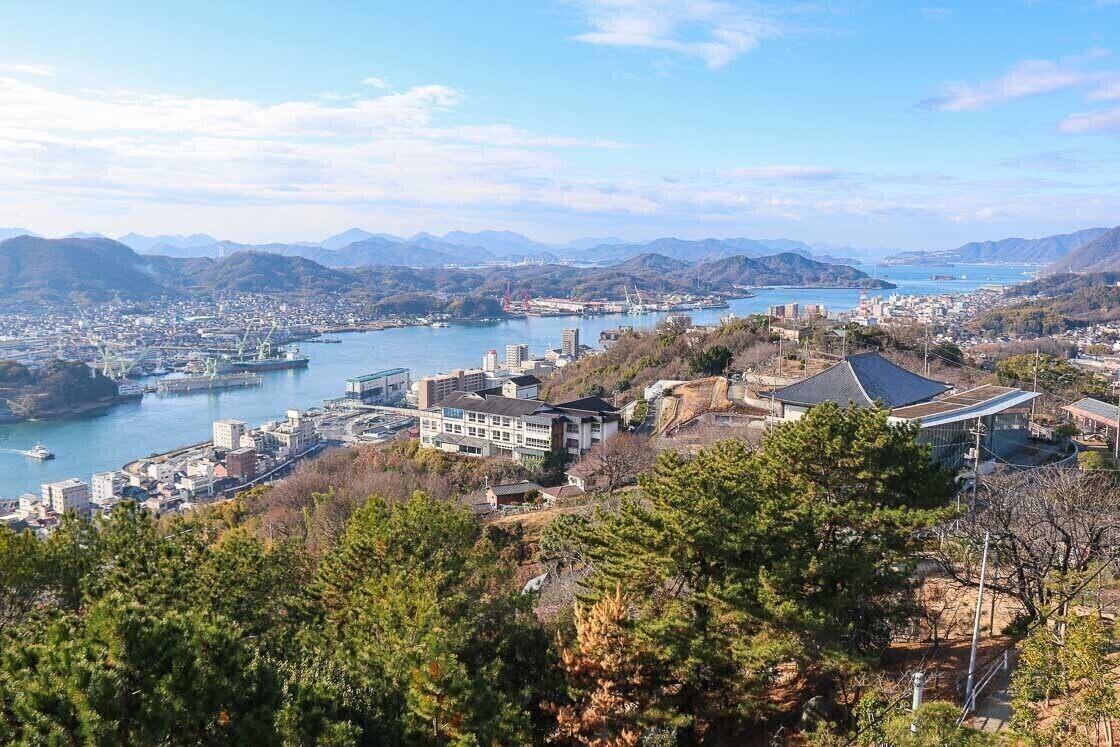

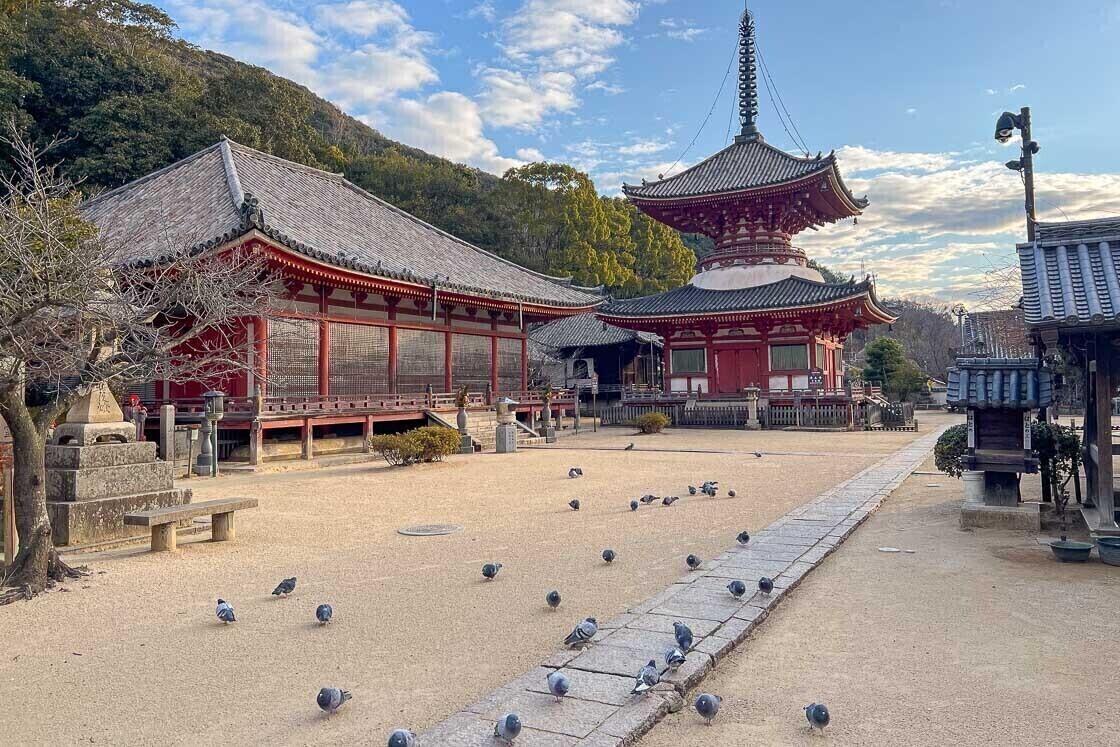
The final part of my walk of Onomichi was along the waterfront as I made my way to my accommodation Hotel Cycle. The former port warehouse was converted to a commercial facility named ONOMICHI U2 that contains a hotel, restaurants and cafes, a bakery and souvenir shop and a bicycle shop. Taking inspiration from Onomichi City's shopping arcade, which I walked through earlier in the day, this facility provides a stylish place for locals to relax and gather as well as provide more amenities for visitors.
The modern hotel is well-located right near the starting point of the Shimanami Kaido cycling route and a bicycle rental terminal. I appreciated these two points as I had an early start for my last day.
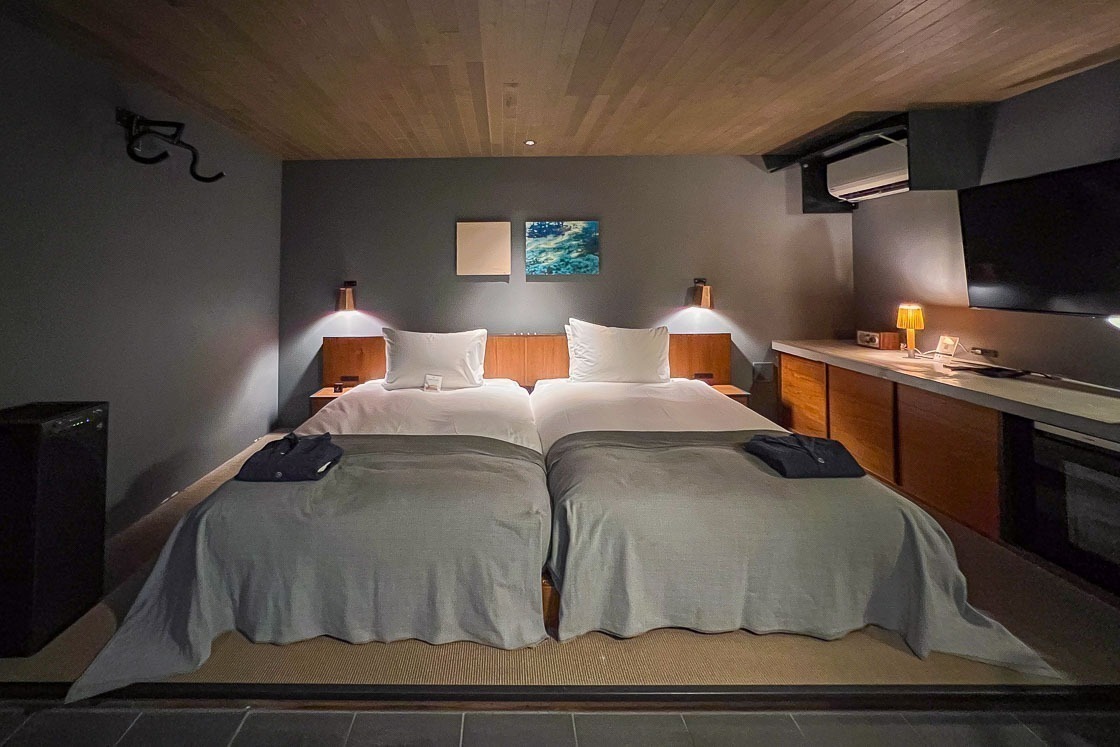
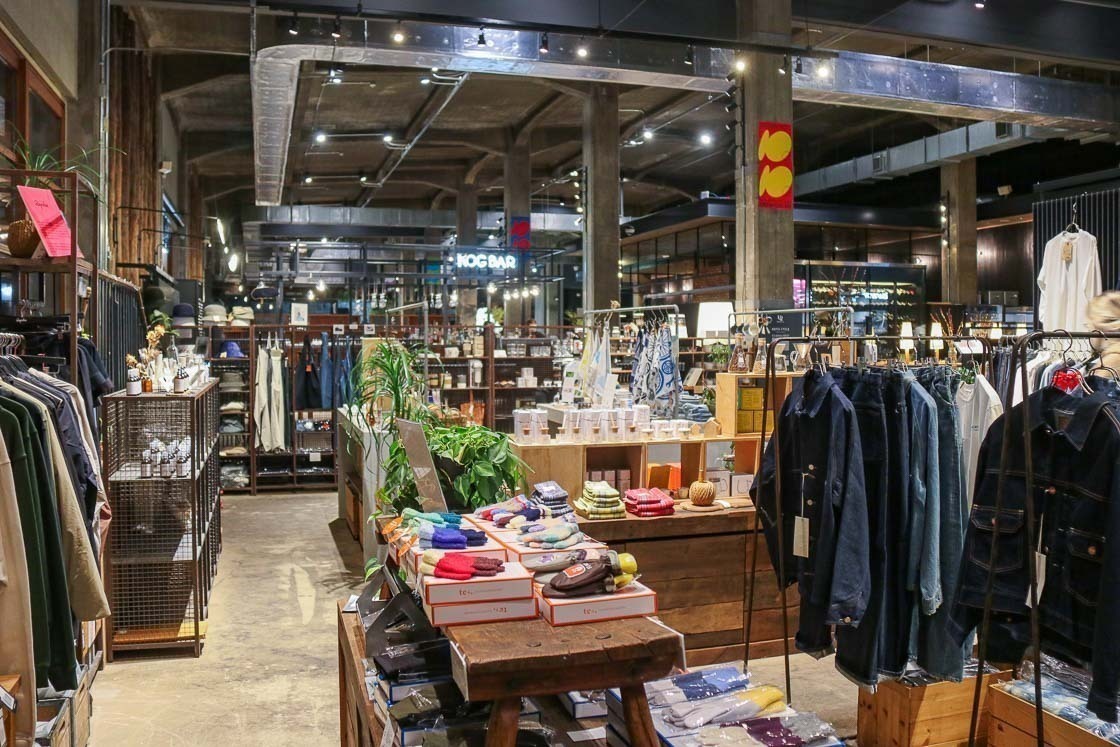
Day 3: Cycling across islands on the Shimanami Kaido
The Shimanami Kaido is one of Japan's premier cycling routes that spans about 70 kilometers, connecting Onomichi in Hiroshima Prefecture and Imabari in Ehime Prefecture across the Seto Inland Sea. There are numerous islands between the two cities, and bridges along the Shimanami Kaido connects six major islands. The cycling route is clearly marked and does not contain major hills.
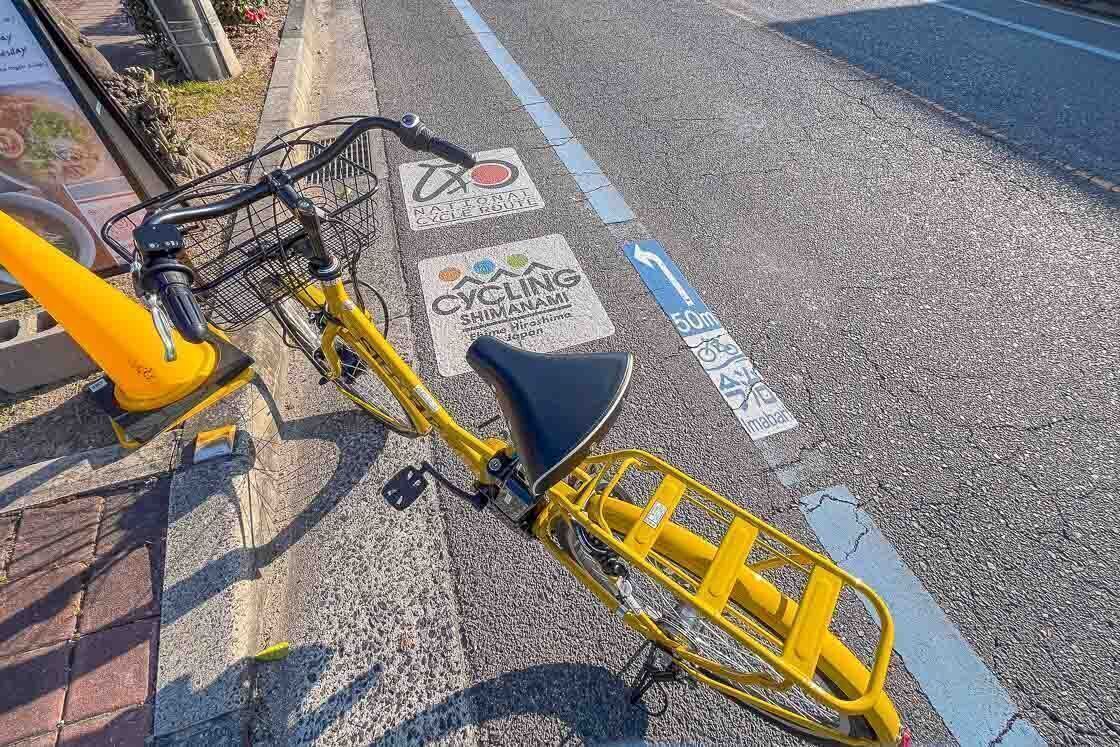
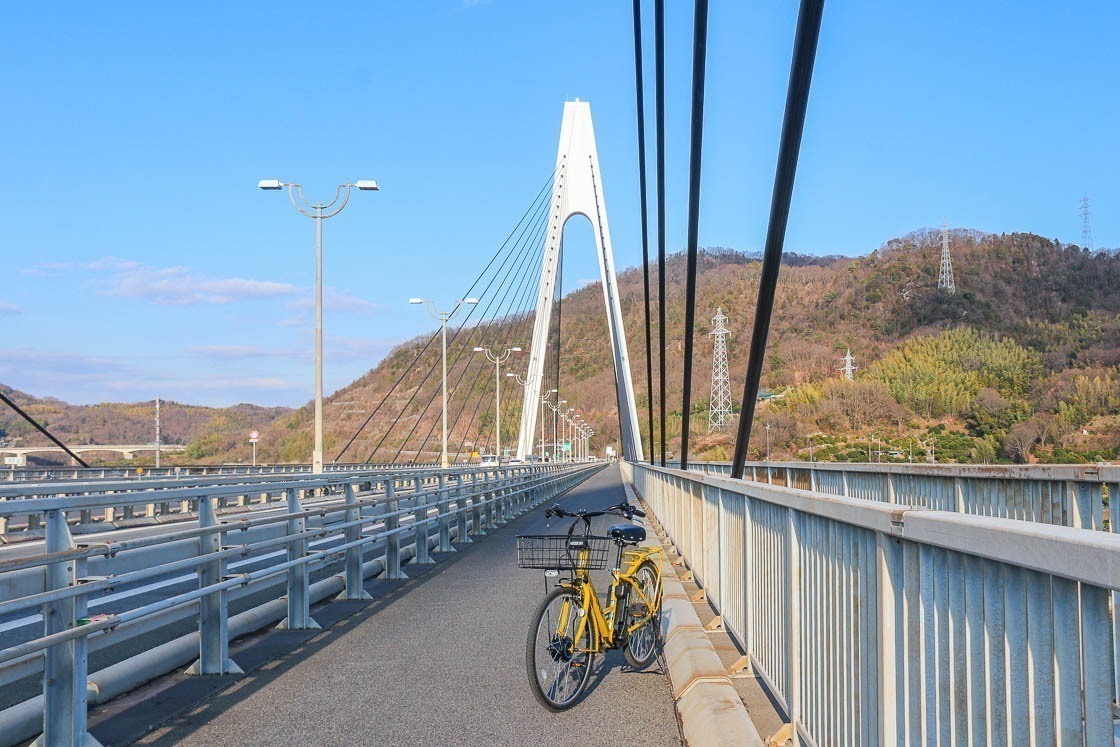
Bicycle terminals are dotted along the course, allowing travelers to pick up and drop off their rentals along the way. While the entire course can be completed in one day, I cycled only to the midway point. The bicycle terminal in downtown Onomichi is in the car park beside Hotel Cycle. There are a variety of bicycles to choose from including tandem and children's bicycles, and I went for an electric assist bicycle. Visitors can either pick from the available bicycles on the day or make a reservation in advance online.
From there, I made my way to the ferry terminal to catch a ferry to Mukaishima, where I started cycling. The cycling route on Mukaishima hugs the coastline, offering plenty of beautiful coastal views, and led me across my first bridge to the next island of Innoshima.
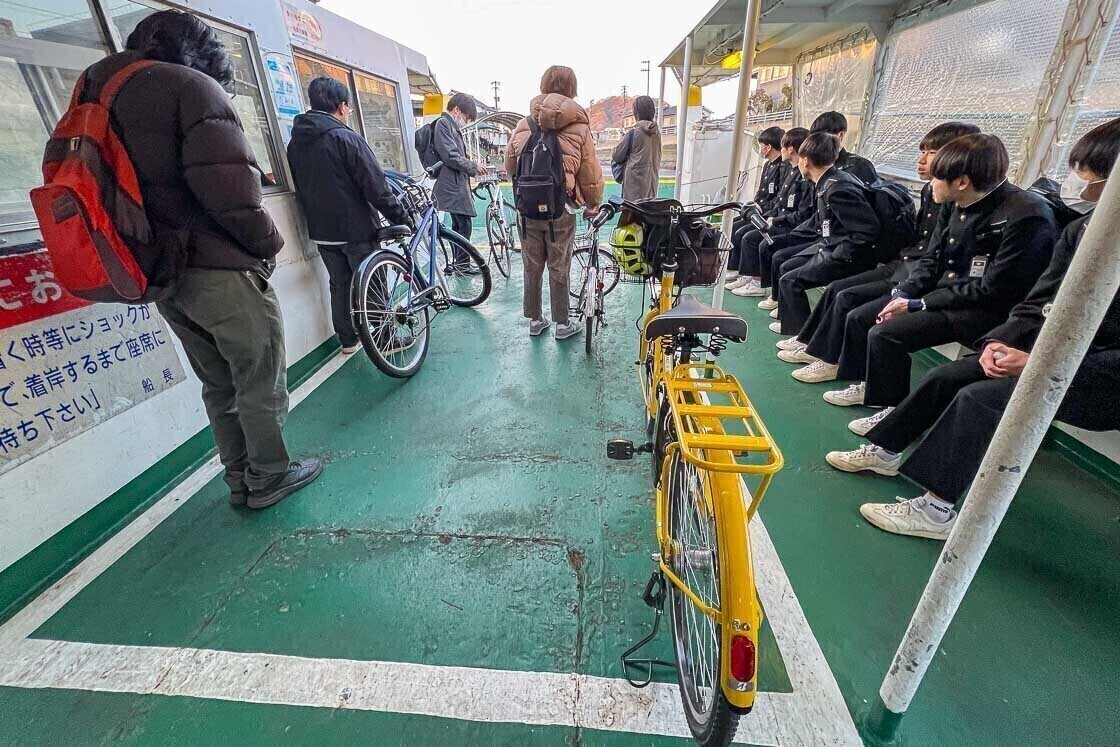
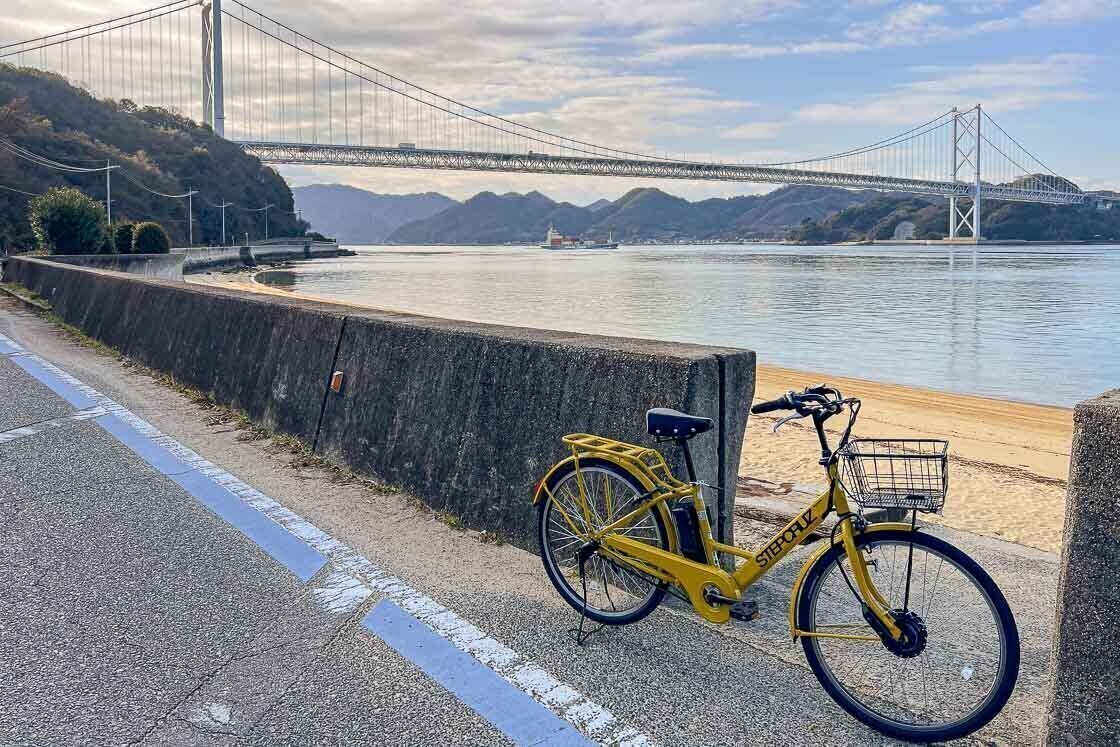
I stopped by Hakko Park on Innoshima for a break. The park contains a cafe, a spacious vegetable garden and a terrace overlooking the Seto Inland Sea. It was a lovely place to take a breather and stretch my legs after cycling. I was curious about the company that operates the beautiful park - the Manda Group has companies in the United States and Myanmar - and took the opportunity to sample some of their health products containing over 53 botanical ingredients - some of which can be seen in the vegetable garden. It was overall an interesting and unexpected find on Innoshima!
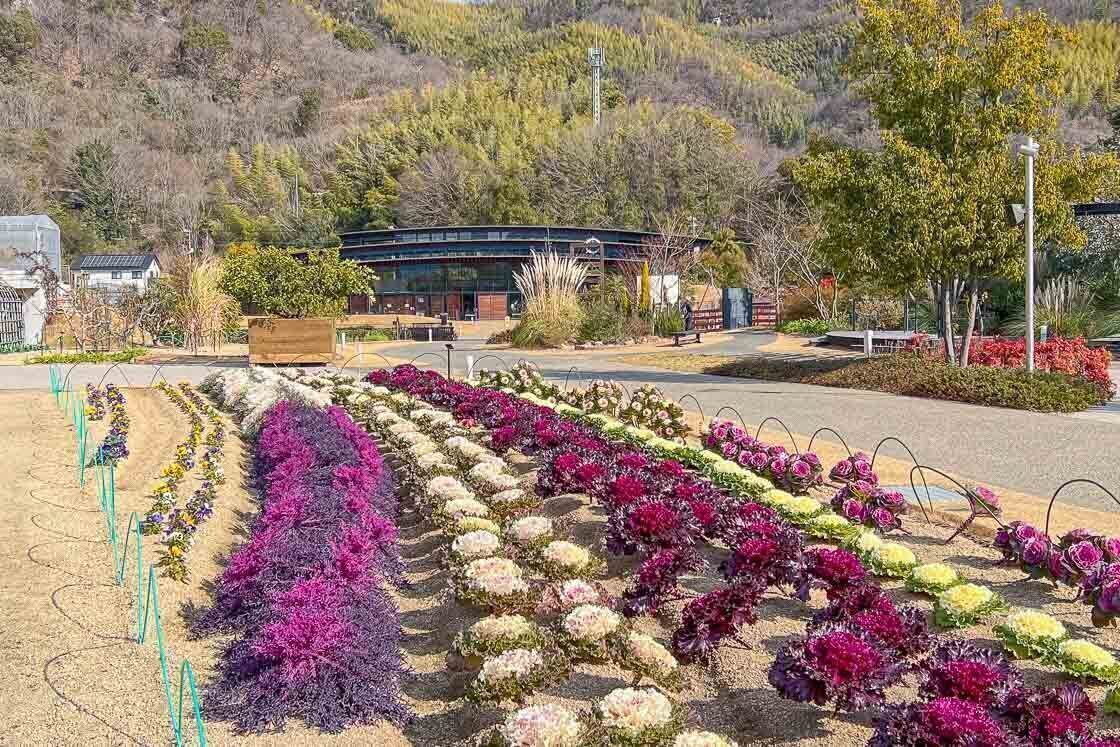
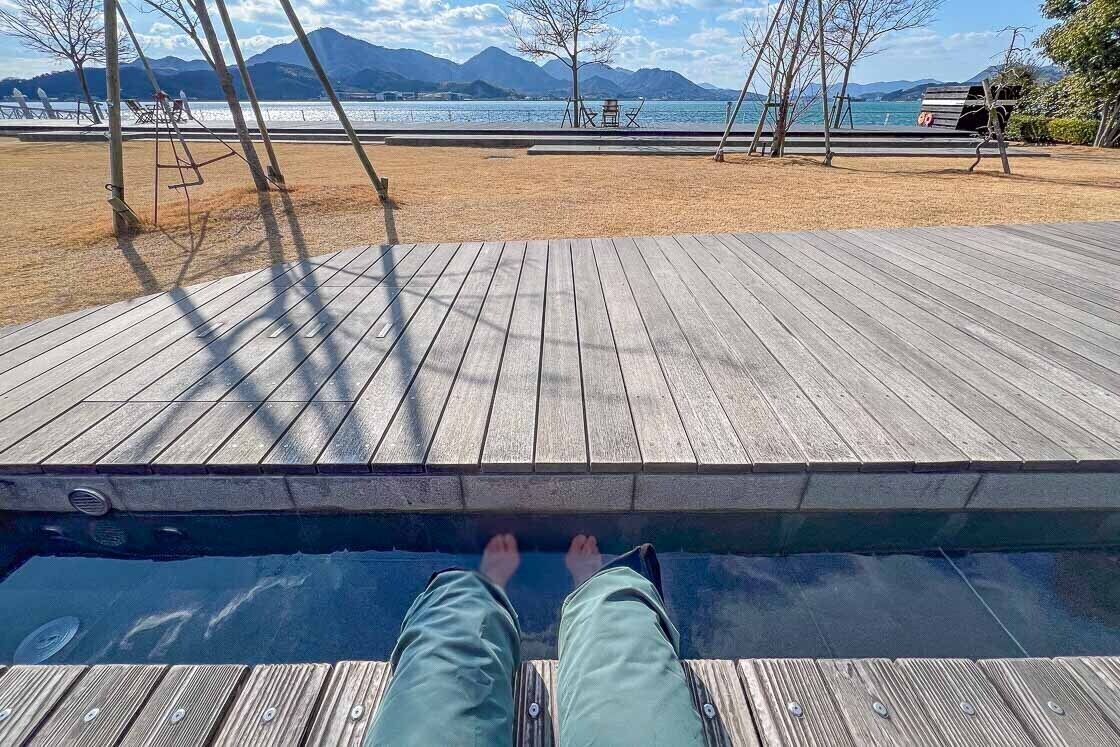
The second bridge I crossed brought me to Ikuchijima, the final island for my cycling trip. One of several sightseeing attractions on the island is the unique and colorful Kousanji Temple. Founded relatively recently in the 1930s by a successful businessman for his mother, the temple complex gives a strong feeling of deja vu as many of the structures are modeled after some of Japan's most famous temple buildings.
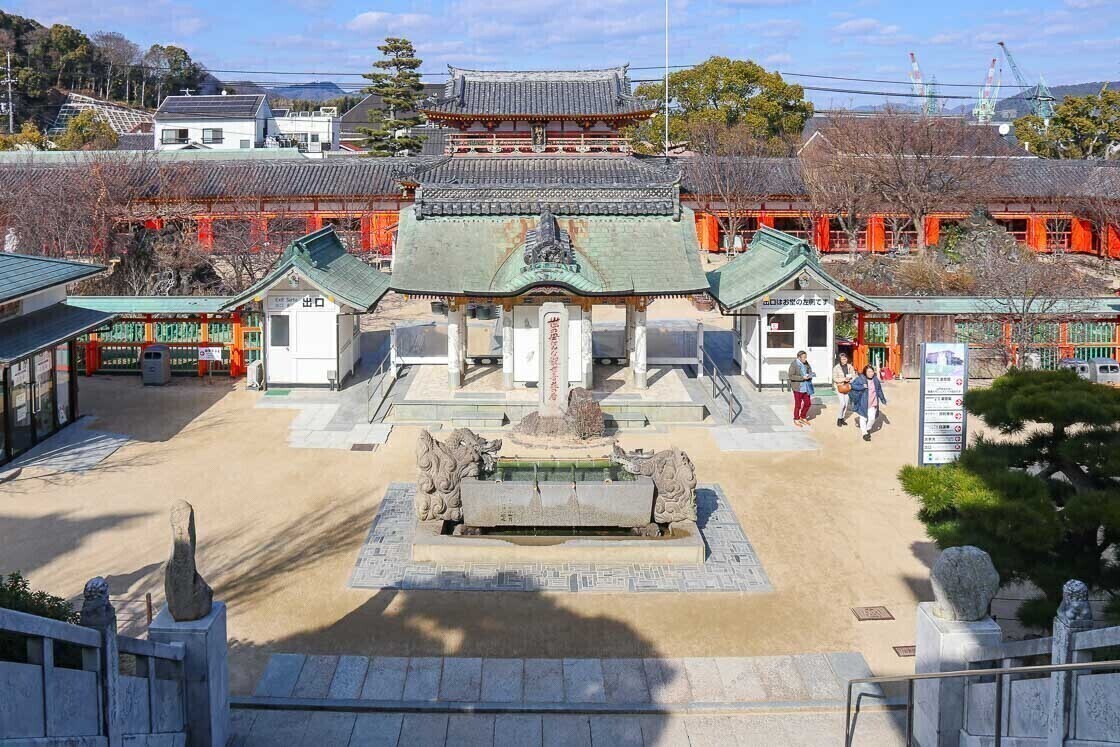


After all that cycling and sightseeing, it was time to wind down and get ready to return to Onomichi. I dropped off my bike at the rental terminal in Setoda and made my way on foot through the main shopping street near the port in the late afternoon. Lined with cute cafes, shops and public baths, the street makes a nice spot to stop for a break. I imagine Setoda would make for a nice mid point break for an overnight stay for those who want to complete the entire Shimanami Kaido. But for me, I caught the ferry back to Onomichi as the sun began to set.
It was a lovely three days enjoying all forms of transport and activities in Hiroshima Prefecture. This is the kind of laidback travel style I enjoy, and I hope it would be useful for you as well.
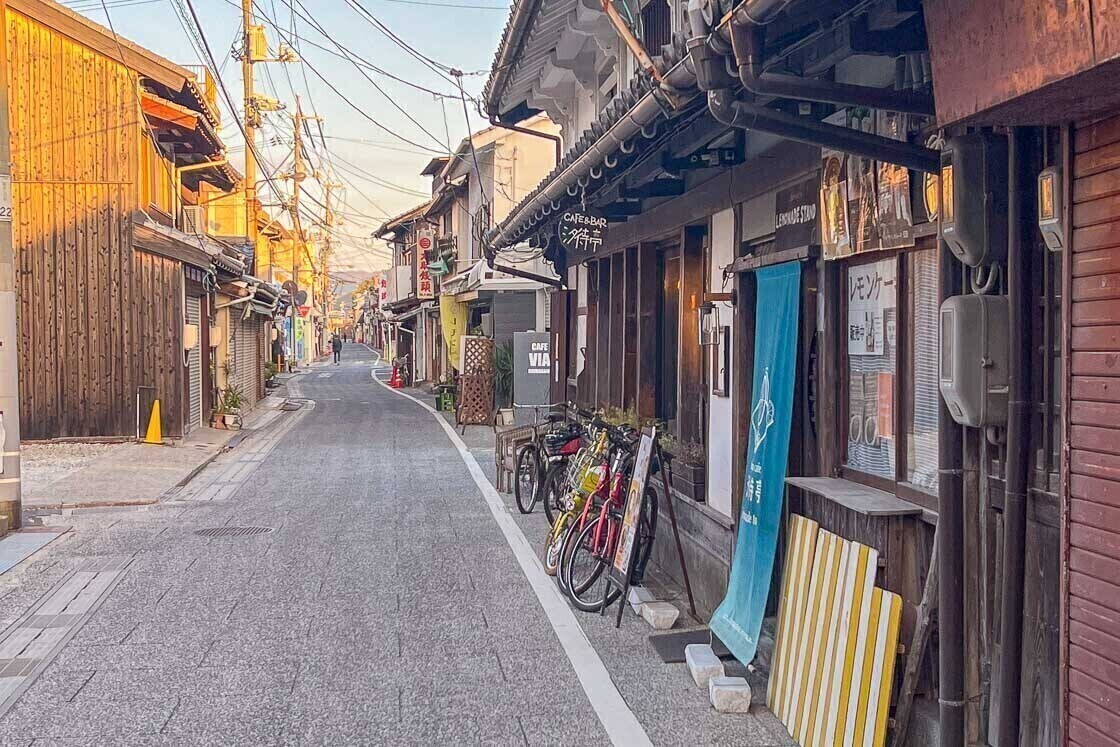
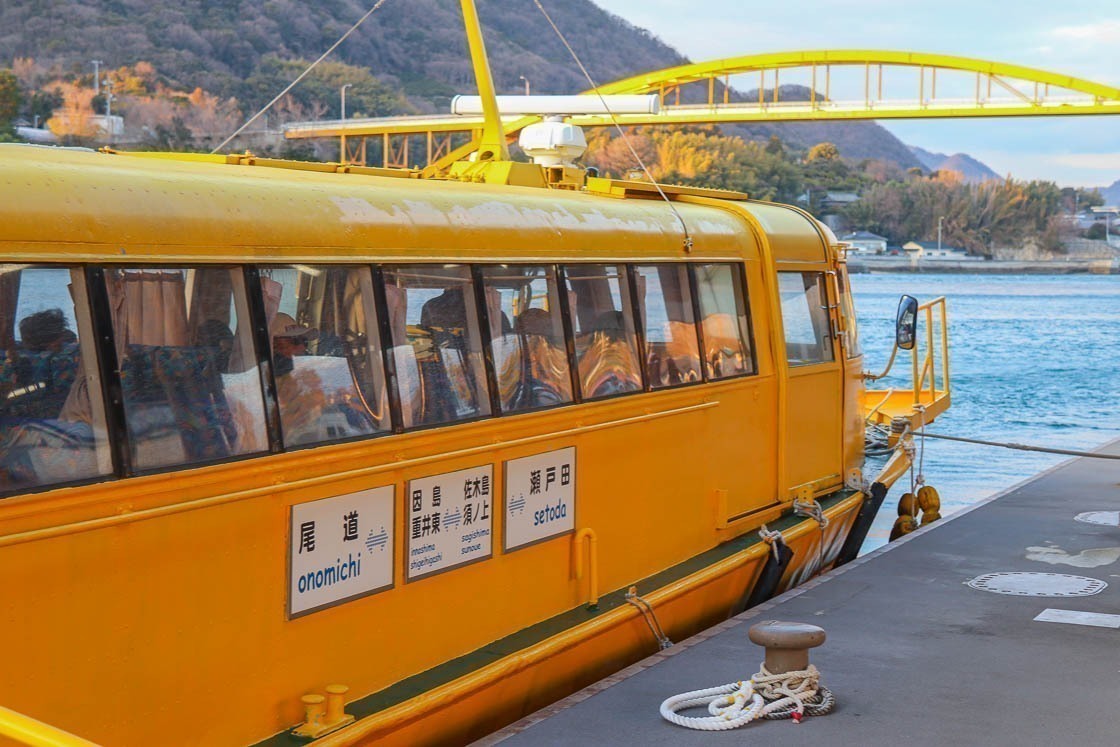
Access and rail pass information
Our trip starts from Fukuyama Station, which is a stop on the Sanyo Shinkansen and about 60-70 minutes from Shin-Osaka Station.
Shinshoji Zen Museum and Gardens and Tomonoura
Shinshoji Zen Museum and Gardens is best accessed by rental car or taxi from Fukuyama Station because it is not well served by public transportation. Rental car outlets are available from Fukuyama Station, and it takes about 30 minutes to drive to the temple.
Driving from Shinshoji Temple to Tomonoura takes about 30 minutes. Tomonoura is best explored on foot, and the spots visited in this itinerary are approximately ten minutes away from each other. Free parking for Migiwatei Ochi Kochi is available at its sister property, Hotel Ofutei. Complimentary shuttle service is available between the two properties.
How to get to and around Onomichi
Take a local train along the JR Sanyo Line from Fukuyama Station and get off at Onomichi (20 minutes). Like Tomonoura, central Onomichi is fairly compact and best explored on foot. The walking route from Onomichi Station through the Hondori Shopping Arcade to Senkoji Park Observatory to Jodoji Temple to Hotel Cycle takes 2-3 hours, not including stops and breaks.
Shimanami Kaido
Rental bicycles are available at Onomichi Port Bicycle Rental Terminal, which is located in the parking area next to Hotel Cycle. A variety of bicycles are available, like cross bicycles, city bicycles, kids bicycles, tandem bicycles as well as battery-assisted electric bicycles. Same day rentals are accepted as long as there are available bicycles, and reservations are recommended for those who want to be sure of availability. This rental system has ten bicycle terminals spread across the Shimanami Kaido, and most bicycles except for tandem bicycles can be returned at any terminal along the cycling route.
There are 6-7 ferries a day between Onomichi Port and Setoda Port. The one way journey takes about 40-45 minutes. It costs extra to bring a bicycle on board. Note that the ferry information is current as of March 2025.
Relevant rail passes
There are several passes that travelers may find useful as they allow unlimited travel on JR train lines, including bullet trains, and select buses and ferries. While these passes will not be cost effective for this trip alone, they pay off when traveling wider in the region. The passes are all valid for consecutive days. Some handy passes for exploring the region are listed below, and the JR-West official website has more pass details including prices.
- 7-day Setouchi Area Pass
- 5-day Kansai - Hiroshima Area Pass
- 7-day JR-WEST All Area Pass
- 7-day Sanyo - San'in Area Pass
- 7-day Sanyo-San'in Northern Kyushu Pass
- 5-day Okayama - Hiroshima - Yamaguchi Area Pass
Useful links
- JR-West - Ticket Deals and Passes
